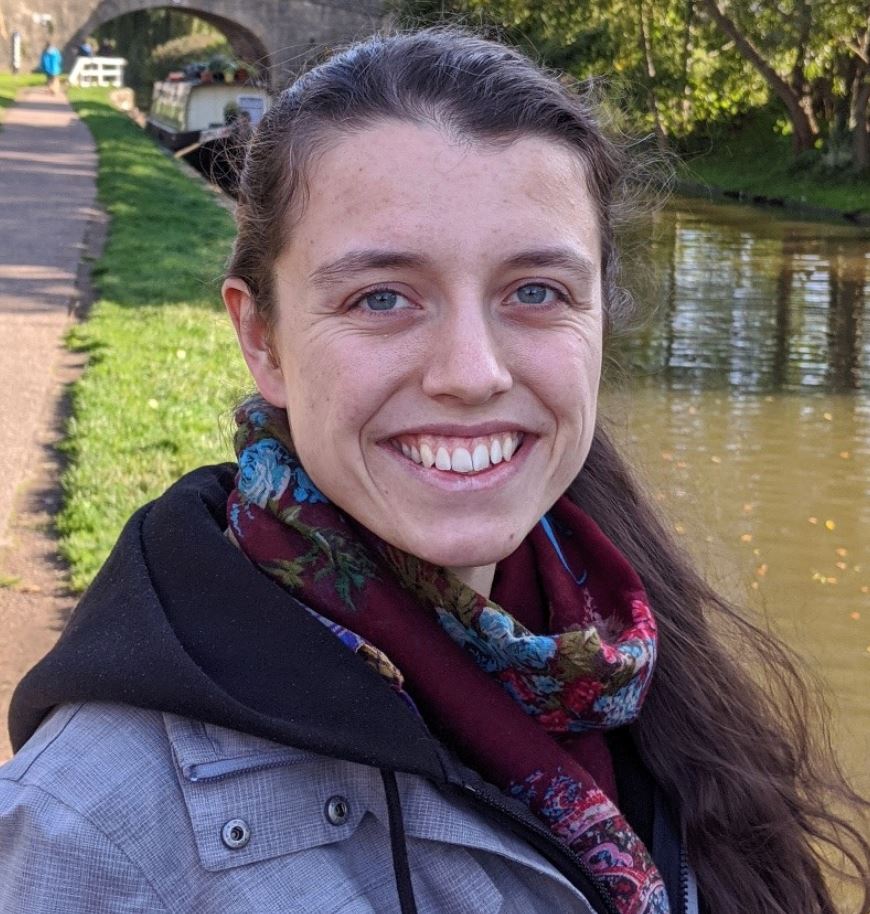Emma Hope: Speaking a more inclusive language avoids alienating someone from a conversation
This month we hear from Civil Servants about allyship and how to be a good ally.

Emma Hope is the Chair of the LGBT+ Allies Network at Public Health England
In the wake of Black Lives Matter protests I was struck by the number of people I heard saying, ‘but what can I actually do to help?’. So when asked if I would like to write an LGBT+ Ally blog, I wanted to give you a couple of actionable examples. And as no one person is defined by one characteristic, maybe it will help on multiple levels.
My number one easiest thing to do is to add your preferred pronouns ‘what are my pronouns?’ to the bottom of your email signature. For example, mine says ‘My preferred pronouns are she/her’ on a new line. Or you can incorporate them into your contact details, ‘telephone/email/pronouns’, so people know how to refer to you when they call or email. This is a clear and visible step you can take which shows you understand that you can’t judge someone’s gender by their name or looks. Only they can tell you how they prefer to be referred to. It may feel weird, especially if no one else in your office does it, and it may feel like you’re sticking your neck out, but if that is how you feel about stating something that you’re comfortable with others knowing, imagine how it feels for someone who isn’t? Your email signature tells the world how to connect to you, and so it is a great place to be explicitly referencing your pronouns.
The second thing is to think about your language. Speaking a more inclusive language avoids alienating someone from a conversation. This is harder and requires a more sustained effort, and I know I do and I will continue to make mistakes. Consider, instead of woman or man, could you say person? Instead of mother or father, could you say parent? Instead of boyfriend or girlfriend, could you say partner, or spouse, or date? By minimising the gender in your speech, you allow the space for more people to connect with you. For a more detailed read on gendered language see here.
With all of this, it’s not about creating a society where no one has a gender, referring to everyone as they/them/their. It is about creating a society where every gender belongs, and people can recognise themselves in your stories, anecdotes and examples.
A more inclusive language often breaks down other barriers too. For example, saying ‘people in business’ instead of ‘businessman’ reduces the stereotype that business is for men. Talking about ‘parental leave’ rather than ‘maternity leave’ relieves the pressure that mothers will stay home to look after children.
My final action is to add educating yourself about LGBT+ issues to your learning and development objective. As an Ally, it is really important to spend time listening to other people’s stories, since your own is not so relevant. By adding this to your L&D objective you can justify spending 10 minutes every lunchtime reading an article, or an hour a week reading LGBT+ testimonies. The Civil Service aims to be the most inclusive employer, and we all know it has some way to go. But the Civil Service is you, and so if you become more inclusive you will be helping the Civil Service on its way to achieve that goal. You may even have an LGBT+ network you could help with as well, or why not set up an LGBT+ Allies network?
It might not be easy, and you may feel discouraged along the way. If you do, I’d love for you to get in touch with me, and by sharing our passion we can inspire each other to be the Ally Army that the LGBT+ networks need. Contact the Civil Service LGBT+ Network and they will put you in touch!
If you’d like to learn more about agender and volunteer in the civil service, please visit agender.
For a thought provoking video of how colour influences perceptions of gender and power, please take six minutes to watch this video.
Introducing our new resources for allies. Want to be a good ally to your LGBT+ colleagues? We’ve produced and collated a range of resources to help you.